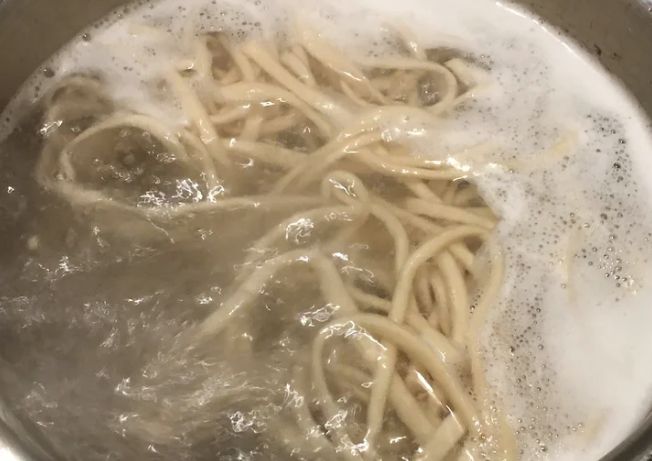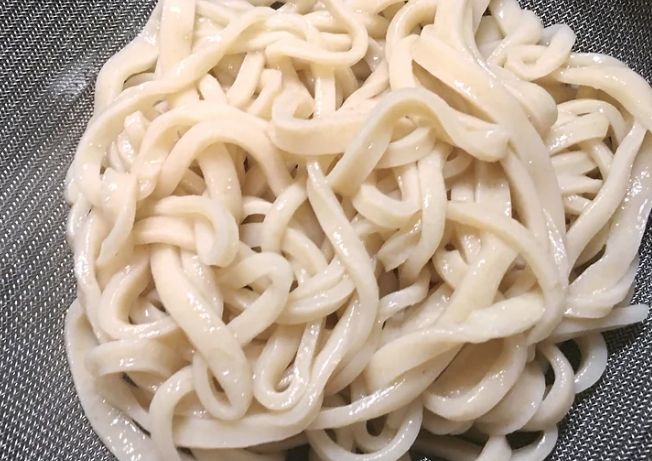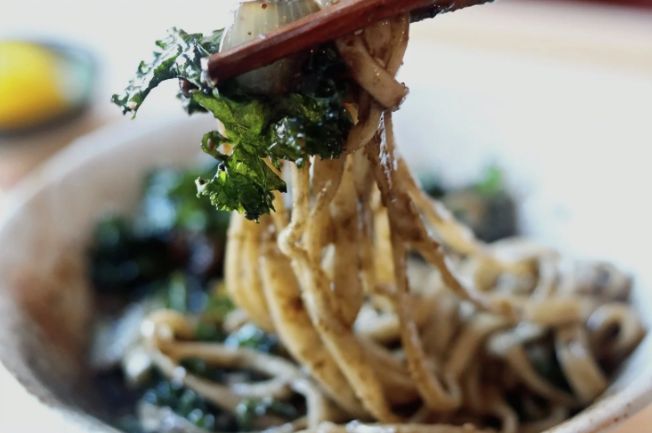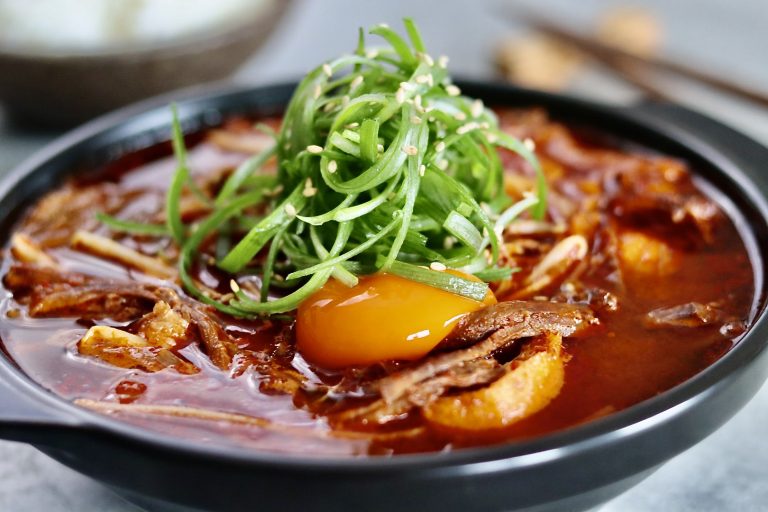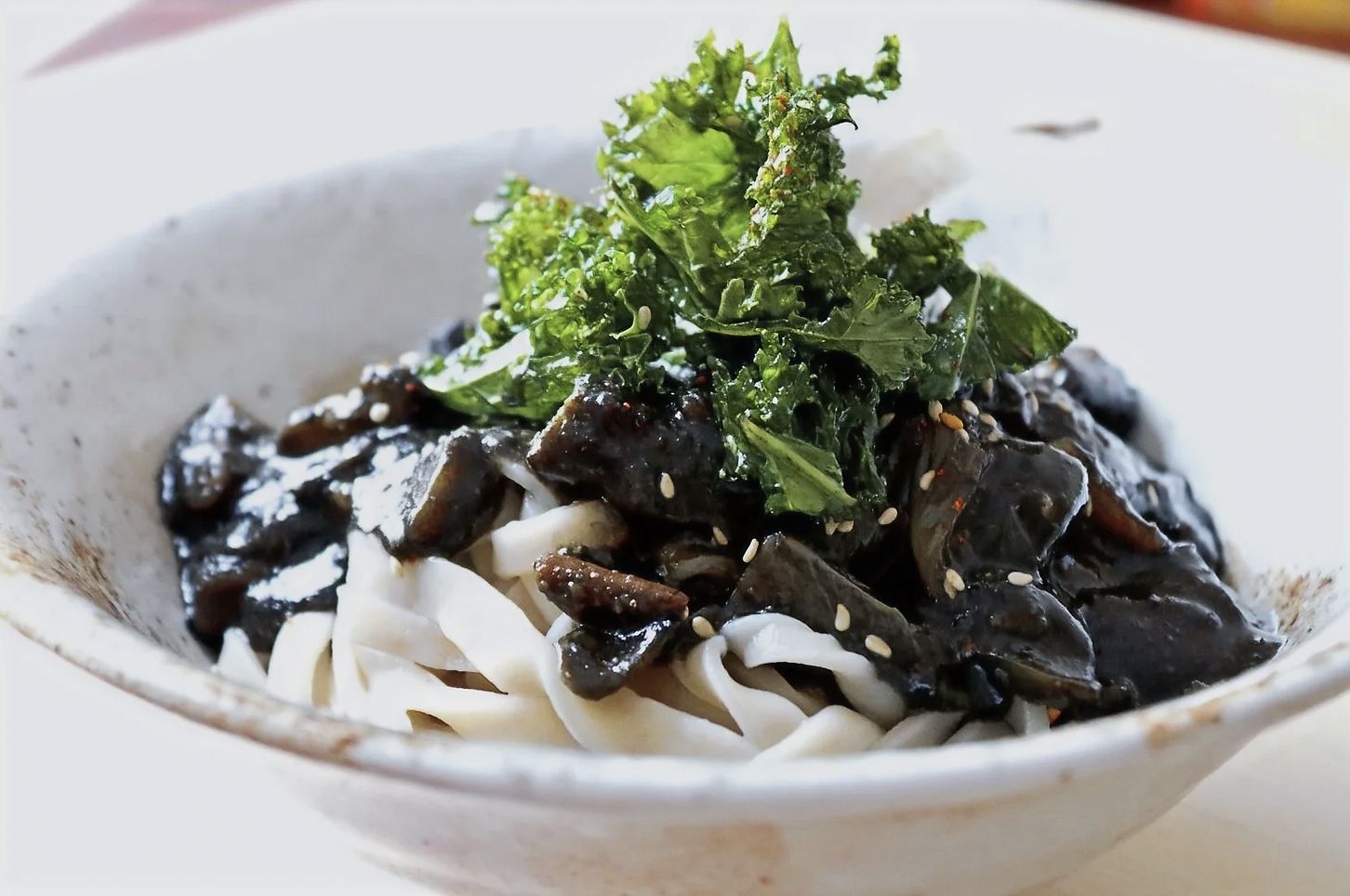

Intro:
Method:
Udon:
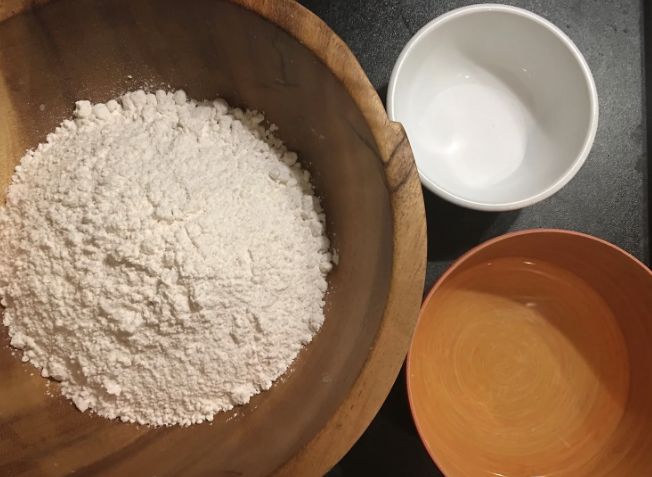
1. Let’s start off by making the udon, you can make this the night before or a few hours before cooking the dish or if you prefer just simply just go out and buy them. I do recommend making them if you can though as you simply just cant beat fresh udon. Begin by adding 16g of salt to 170ml of ice cold water and whisk until the salt has dissolved. Next gradually add the water to 400g of plain flour whilst continuously vigorously mixing with your hands. When all the water has been added, the flour consistency should almost resemble a sand like dough. Now we want to begin to kneed the dough for 10 – 15 minutes until the dough comes together. Bringing the dough together at this point may seem difficult as its very dry, however, I promise it will come together.
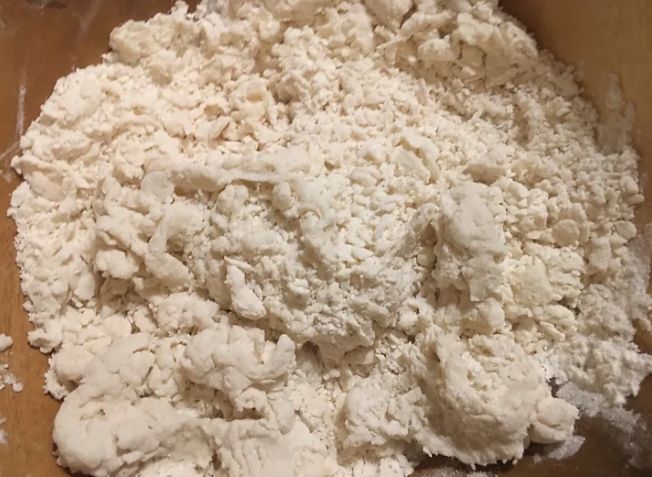
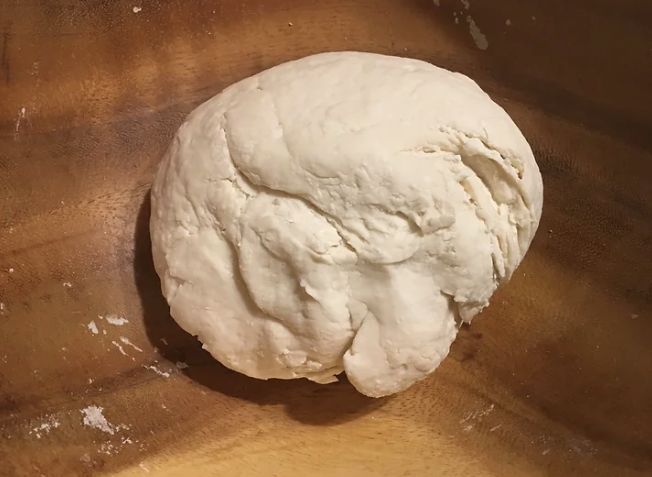
2. Now to work the dough, as you can tell its still very tough to knead by hand, therefore, the best way and traditional way to knead the dough is by using your feet. A little bizarre at first but place the dough into a zip lock bag and tread over the dough to form a flat rectangular piece of dough. When flat take out the dough and roll up into a cylinder. Place back into the ziplock bag and flatten out again. Repeat this process 3-4 times rolling up the dough in opposite directions each time as this will mess around with the gluten strands that will give us a bouncier noodle when cooked. When ready flatten out the dough one last time to form a flat square then place back into the ziplock bag. Allow the dough to rest for 1 1/2 hours at room temperature.
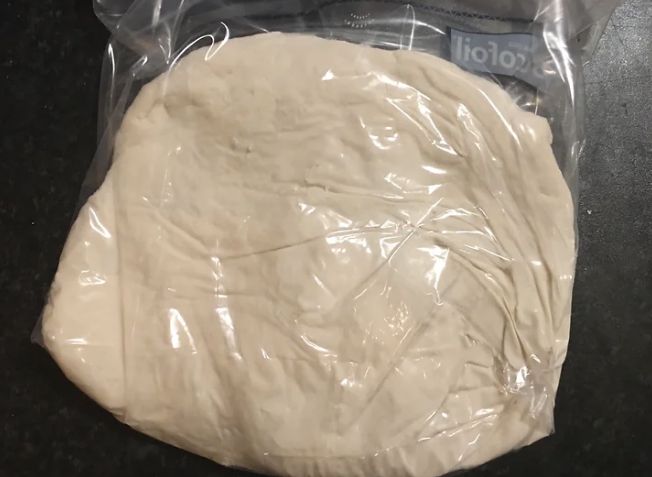
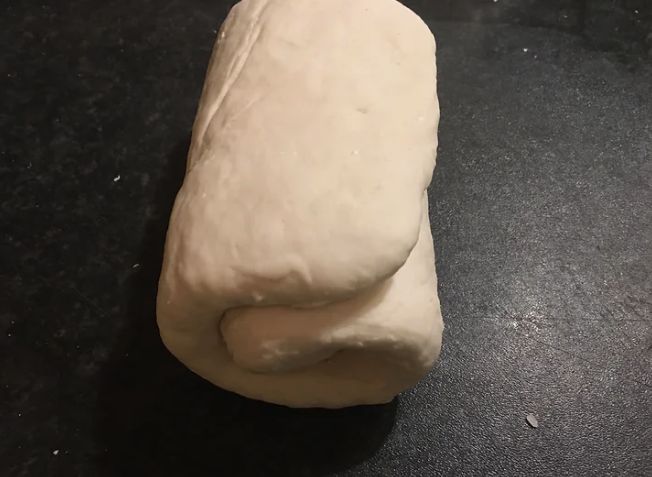
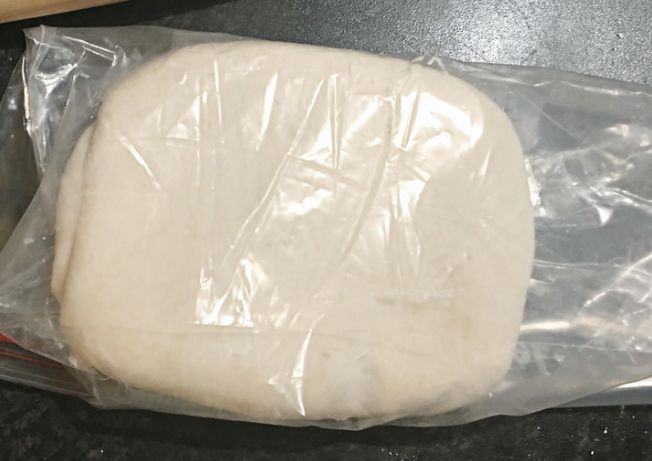
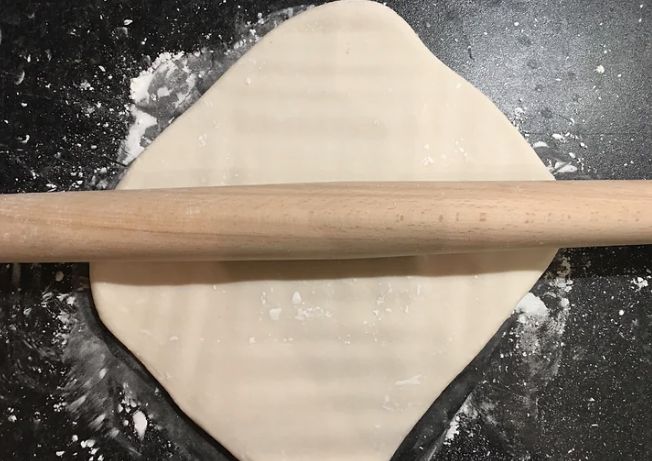
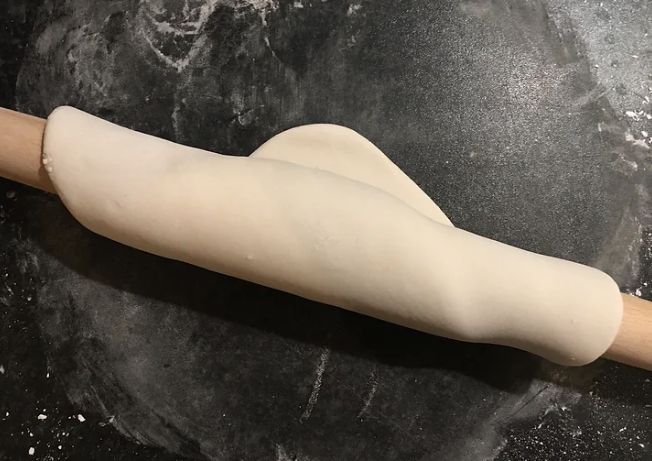
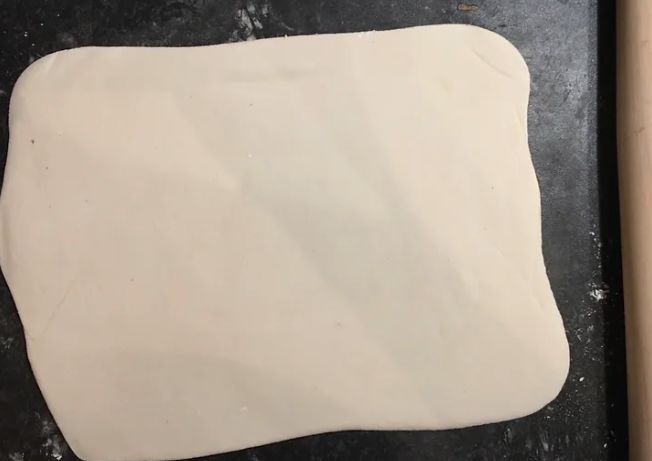
4. Now to fold and cut the dough to make the udon, Generously dust either side of the dough with cornflour then fold the dough by overlapping itself 3 times. Use a large cleaver or knife to cut the noodles approximately 1/2 cm in thickness. When the noodles are cut dust again with cornflour to prevent them from sticking and carefully unfold the noodles. Store on a tray in the refrigerator until they are ready to be used.
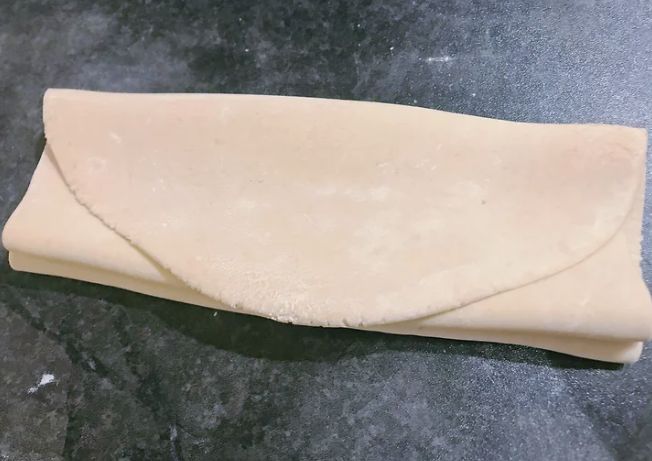
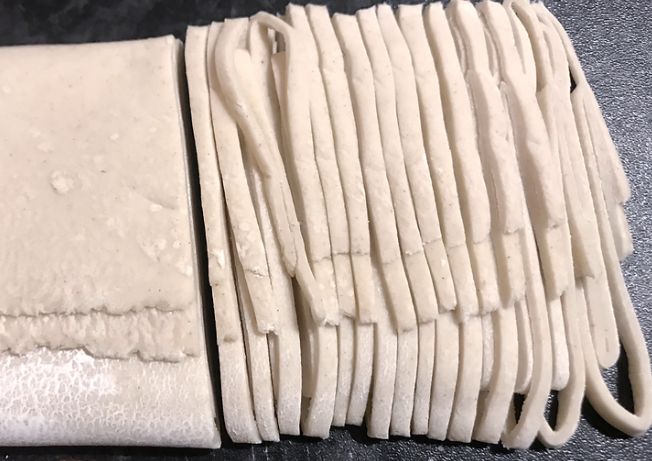
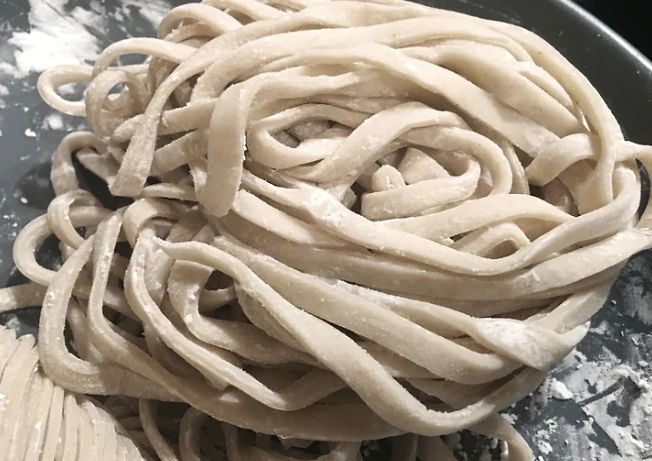
Vegetables:
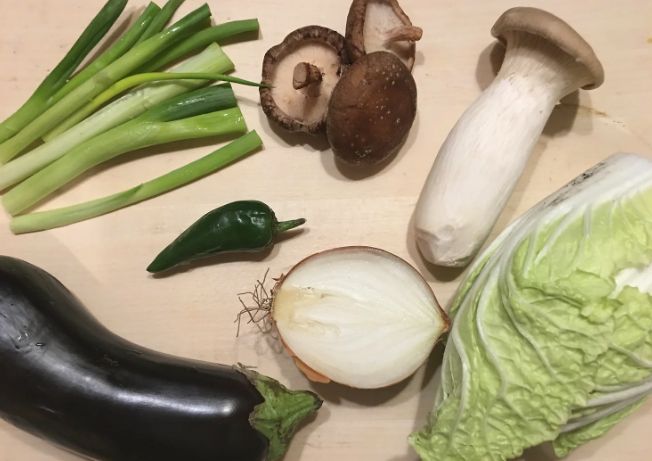
Lorem ipsum dolor sit amet, consectetur adipiscing elit. Ut elit tellus, luctus nec ullam5. Next onto preparing the core of the dish, the black beans and the vegetables. As for what vegetables to add to this dish then its entirely up to you as this dish is extremely flexible whether it be root veg, various fungus, tofu, leafy veg etc..In this case, however, lets start by cutting 1 white onion into a large dice, slice 1/2 aubergine to a dice, finely slice 1 green chilli, cut a few shiitakes into 1/4s, cut 1 oyster mushroom into a dice, roughly slice the spring onion and finally separate the leaves from 1/2 chinese leaf and cut into bite sized pieces. What we are looking for really is that all the ingredients to be approximately the same size to blend in more with the black bean sauce. Now separate the various vegetables onto a plate and leave to one side for now.corper mattis, pulvinar dapibus leo.
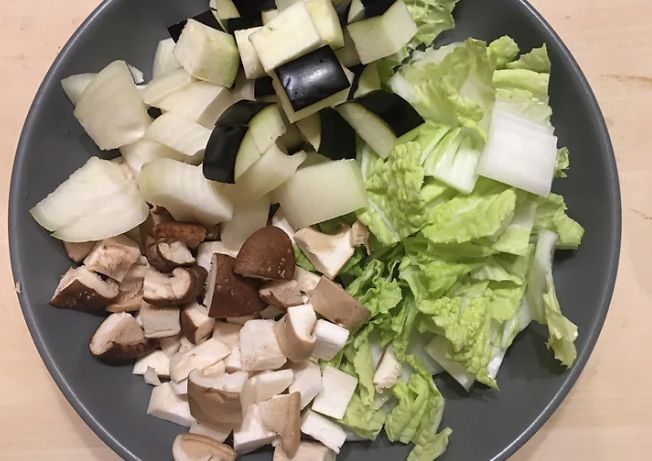
6. Now onto the kale, the kale is really there to add a bit of texture and green to the dish. Quite simply place a small sauce pan with a generous amount of oil onto a high heat then when the oil reaches approx 160°c add a good bunch of kale and fry for 5 minutes or until crispy. When ready remove the kale from the hot oil and drain onto kitchen paper. Season lightly with salt and we are good to go. This crispy kale is highly addictive, therefore, you may want to make a ton of this…
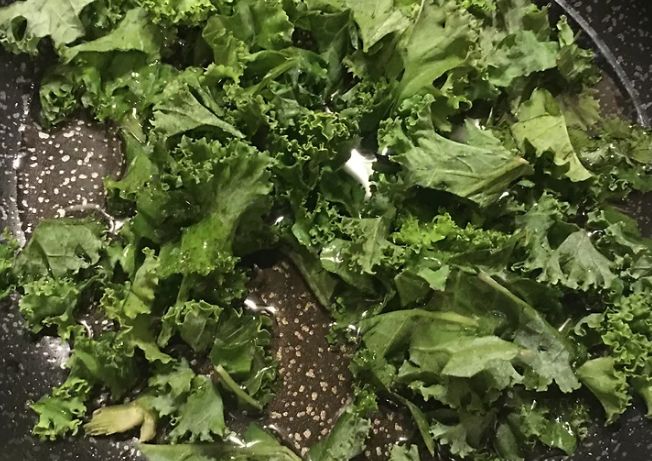
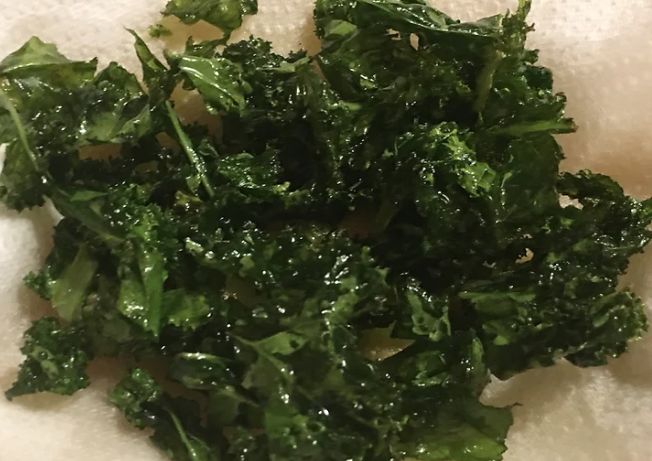
Black Beans Sauce:
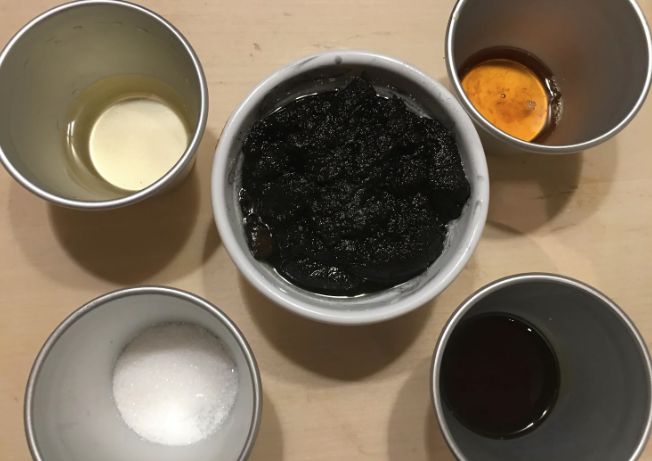
7. Before we begin to cook the the dish we need to enhance the aroma from the black bean paste and also incorporate a little oil to prevent it from being to dry. In a pan add 50m of rapeseed oil then add 3 tbsps of the black bean paste. Fry on a medium low heat for 10 minutes until the paste begins to look split taking care to stir constantly as the paste can catch. When aromatic and looks slit drain off the excess oil and place the paste to one side.
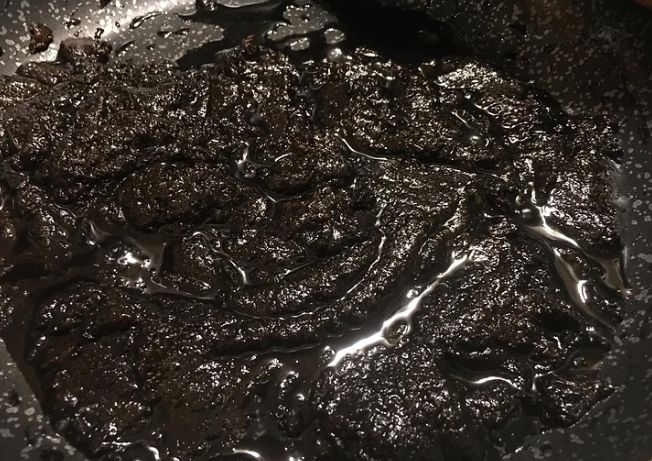
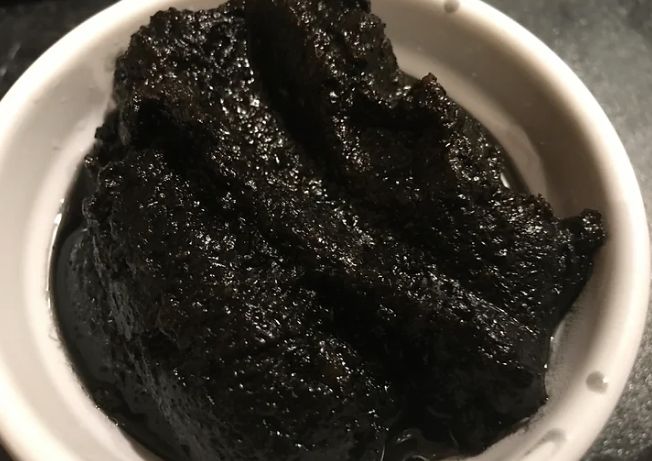
8. Now that all of the prep is complete we are ready to cook, in a large pan add a generous 50ml of sesame oil and a small drizzle of regular cooking oil. Place onto a high heat then add the diced aubergine, sliced green chilli, shiitakes and oysters mushrooms then stir fry until golden brown. Next we want to add the remaining sliced chinese leaf, sliced spring onion and chopped white onion and continue to cook for a further 5 minutes.
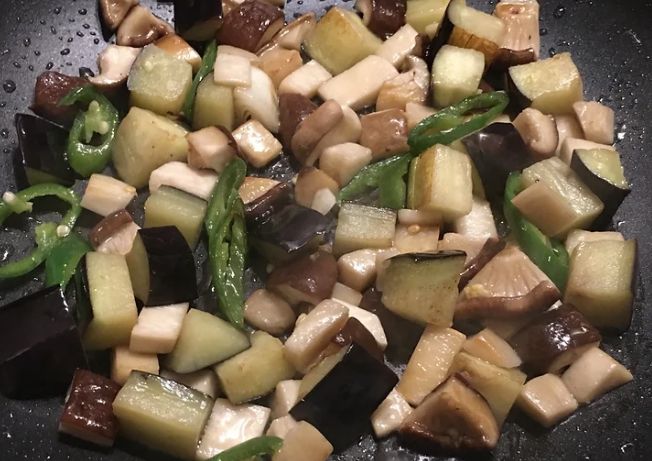
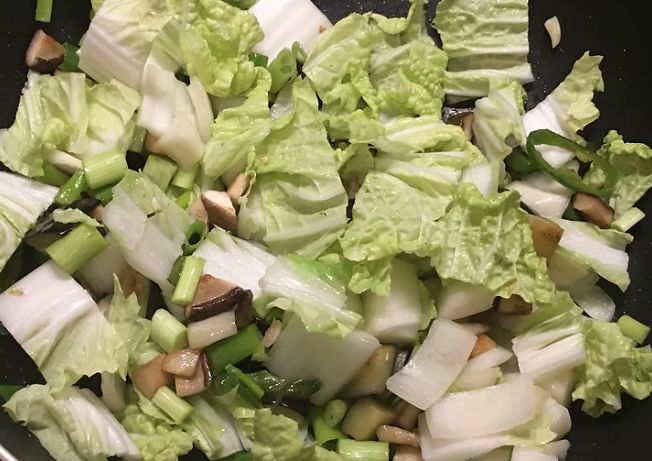
9. When the vegetables are just about cooked the next step is to incorporate the black beans and to make more of a sauce. To the cooked vegetables now add 3 tbsps of the fried black bean paste, 2 tbsp light soy, 1 tbsp rice vinegar, 2 tsp of white sugar and 2 tbsp of mirin. Mix well to combine the paste into the vegetables then add 1-2 cups of water. We now want to cook out the sauce until nice and reduced.
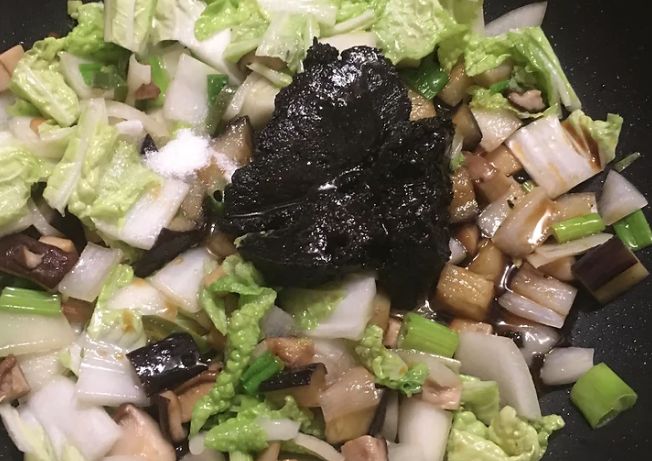
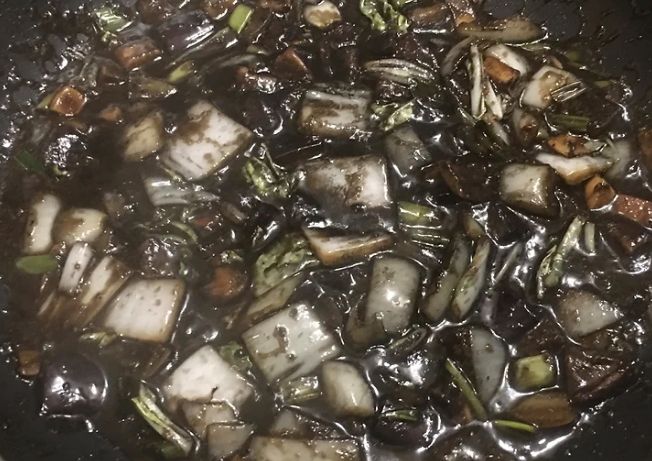
10. All that’s left now is to cook the udon, place a saucepan filled with water onto a high heat. When the water comes up to a boil add the fresh udon and stir well in the boiling water. Cook the fresh udon for 15 minutes (size depending) or if using instant then boil to whatever the packaging suggests…When the udon is cooked drain from the water then shock the udon by rinsing under cold running water. This process is to release some of the starch that is left on the udon. When the noodles are ready we are good to plate up.
